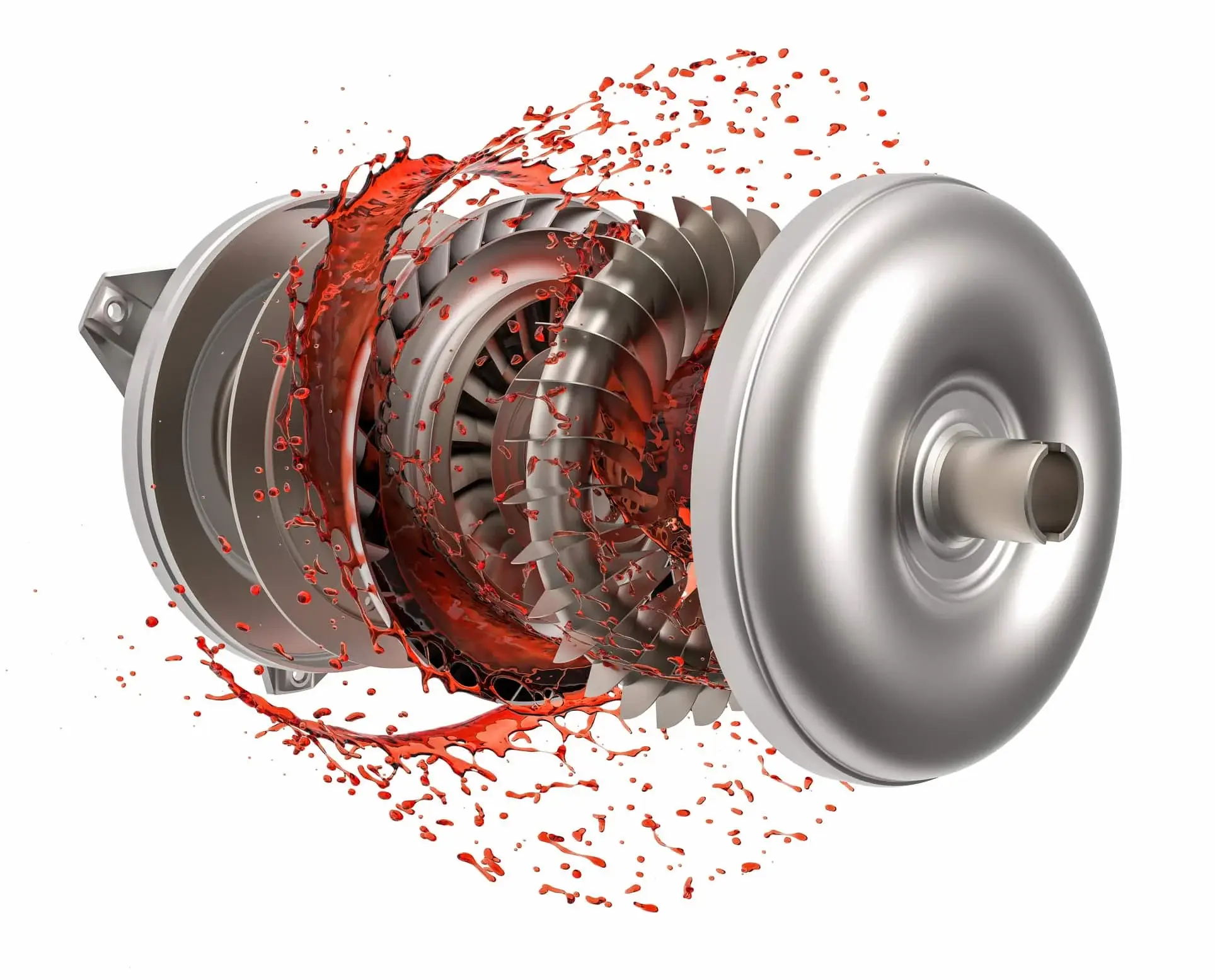
The driving experience has really transformed since the torque converter automatic transmission was introduced in the automotive industry. It has been a great innovation, especially for those who find difficulty in driving a car on a busy road.
The role of torque converters is to transfer power from the engine to the drive shaft and wheels of a vehicle. Unlike manual transmissions that use clutches, automatic transmissions employ torque converters, which act as fluid coupling systems.
In this blog, we will discuss how a torque converter works and other related details.
What is a Torque Converter?
At the heart of every modern automatic transmission lies the torque converter, a hydraulic coupling that enables seamless gear changes and smooth power delivery.
Unlike manual transmissions that require a driver to engage the clutch, torque converter automatic transmissions allow for effortless shifting without manual intervention.
How the Torque Converter Works
The torque converter is a combination of of three main components: the impeller, turbine, and stator. Fluid filled within the converter transmits engine power from the impeller to the turbine.
As the engine rotates, the impeller’s motion forces transmission fluid to move, imparting kinetic energy to the turbine. This action results in power transmission, enabling the vehicle to move forward.
Parts in a Torque Converter
Understanding the individual parts within a torque converter provides deeper insights into its functionality:
- Impeller: The impeller, also known as the pump, is directly connected to the engine’s crankshaft. It initiates the fluid movement within the converter by drawing transmission fluid in and then propelling it outward.
- Turbine: The turbine is connected to the transmission input shaft. When the fluid ejected by the impeller strikes the turbine blades, it generates a rotational force that propels the transmission.
- Stator: The stator is positioned between the impeller and the turbine. Its role is to redirect the fluid flow as it exits the turbine. By changing the fluid’s direction, the stator increases the efficiency of the torque converter, enhancing torque multiplication and power transfer.
- Lockup Clutch: Some modern torque converters include a lockup clutch, which mechanically connects the impeller and turbine once a certain speed is reached. This reduces energy loss and improves fuel efficiency by eliminating slippage within the converter at higher speeds.
Advantages of Torque Converter
- Ease To Drive: One of the most significant advantages is the ease of operation. You do not need to manually apply a clutch or shift gears, making it very easy for urban driving and stop-and-go traffic.
- Smoothness: Torque converters offer unmatched smoothness during gear changes. The fluid coupling eliminates the jerks while accelerating associated with manual transmissions.
- Adaptability: Automatic transmissions excel in adapting to various driving conditions. They can quickly shift gears based on factors like speed, load, and incline, ensuring optimal performance in different scenarios.
- Towing Capacity: Many torque converter automatic transmissions are well-suited for towing due to their torque multiplication capabilities. This makes them popular choices for trucks and SUVs.
Maintenance Tips
To ensure the longevity and optimal performance of a torque converter automatic transmission, some maintenance steps are essential:
- Fluid Checks and Changes: Regularly inspecting transmission fluid levels and quality is crucial. Old or contaminated fluid can lead to overheating and reduced performance.
- Cooling System: Proper transmission cooling is vital, especially when towing or driving in challenging conditions. Overheating can lead to irreversible damage.
- Scheduled Servicing: Following the manufacturer’s recommended service schedule is vital. This includes filter replacements and comprehensive transmission inspections.
- Driving Habits: Gentle driving can significantly extend the lifespan of your automatic transmission. Avoid aggressive acceleration and abrupt stops whenever possible.
Conclusion
Understanding the torque converter in an automatic transmission is essential for maintaining and repairing these complex systems.
At Automovill, we specialize in transmission repair and addressing any issues you may be experiencing. Our highly skilled mechanics are available to assist and resolve any transmission issue
Don’t hesitate to book an appointment or contact us for any transmission-related concerns.
